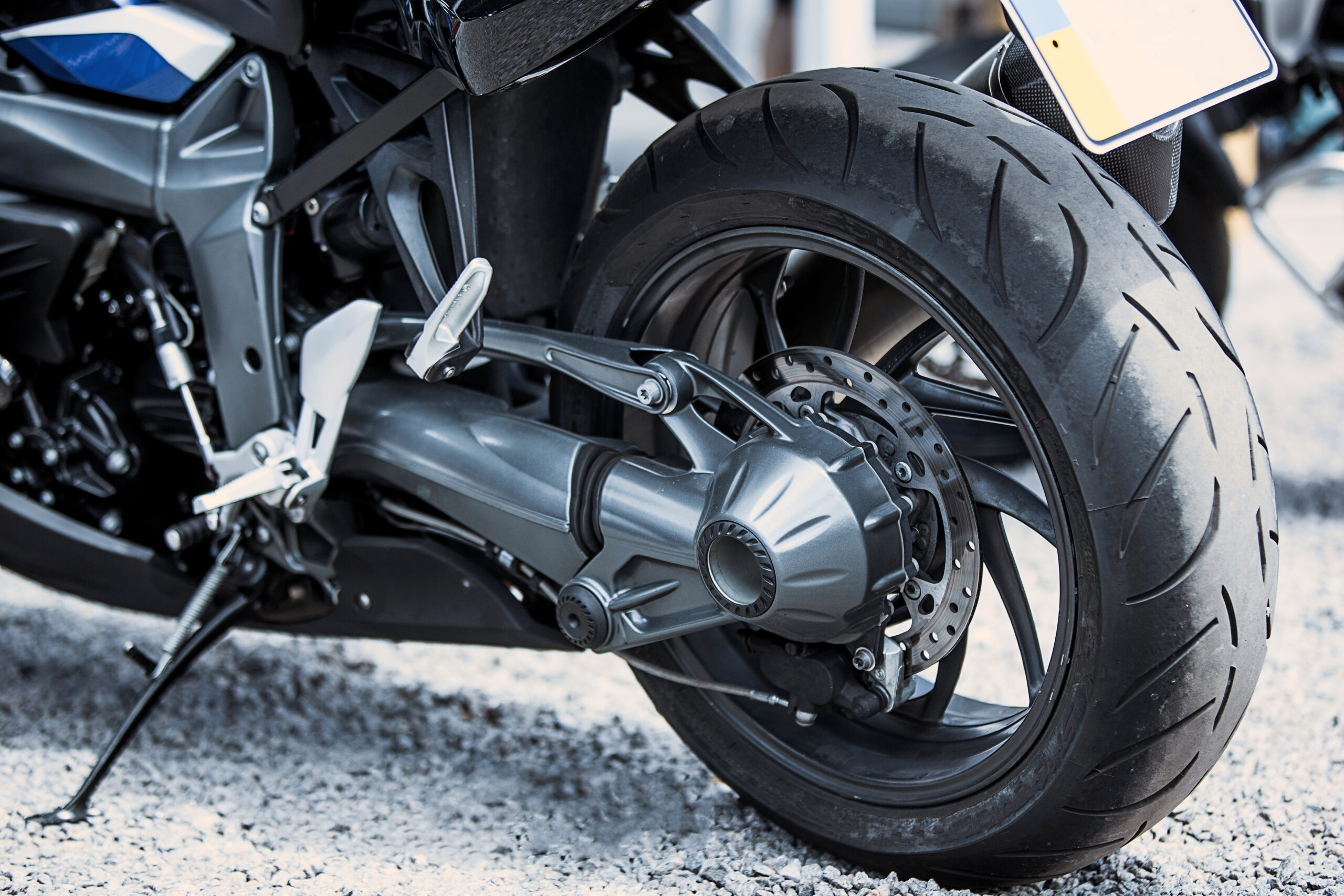Why Your Bike Needs a Tire Pressure Monitoring System: The Benefits You Can’t Ignore
Are you a passionate bike rider who loves to explore the roads with your two-wheeled companion? If so, you know that tire pressure is a critical factor that can make or break your riding experience. Low tire pressure can lead to poor handling, reduced fuel efficiency, and even accidents. That’s where a tire pressure monitoring system (TPMS) comes in handy. TPMS is a small device that constantly monitors your bike’s tire pressure and alerts you if it drops below the recommended level. In this article, we’ll explore the benefits of having a TPMS on your bike and why you can’t ignore its importance. From improved safety and handling to increased fuel efficiency and tire life, we’ll show you how a TPMS can take your riding experience to the next level. So, buckle up, and let’s dive into the world of TPMS and the benefits it can offer you and your beloved bike.
The benefits of a TPMS for bikes
TPMS is a small device that constantly monitors your bike’s tire pressure and alerts you if it drops
below the recommended level. A TPMS offers numerous benefits to bike riders, including:
Improved safety and handling
A TPMS helps you maintain optimal tire pressure, which enhances your bike’s handling, stability, and grip.
With proper tire pressure, you can confidently navigate turns, corners, and other challenging road
conditions without the risk of skidding or sliding.


![Why your bike needs a tire pressure monitoring system]() Increased fuel efficiency
Increased fuel efficiency
Underinflated tires increase rolling resistance, which means your bike has to work harder to move,
leading to increased fuel consumption. A TPMS ensures that your bike’s tires are properly inflated, which
reduces rolling resistance, leading to improved fuel efficiency and cost savings.
Longer tire life
Tires that are underinflated wear out faster than properly inflated ones. A TPMS helps you maintain
optimal tire pressure, which prolongs your tire’s lifespan, saves you money on frequent tire
replacements, and reduces the environmental impact of tire disposal.
Early warning of tire problems
A TPMS alerts you when your tire pressure drops below the recommended level, indicating a potential
problem with your tire. This early warning system allows you to take corrective action before a minor
issue turns into a major problem.
How a TPMS works
A TPMS uses sensors that are attached to each tire’s valve stem to measure tire pressure. The sensors
transmit the pressure readings wirelessly to a central receiver unit, which analyzes the data and alerts
you if the pressure drops below the recommended level.
The receiver unit is typically mounted on the bike’s dashboard or handlebar, where you can easily
monitor the tire pressure readings. Some TPMS models also come with smartphone apps that allow you
to monitor your tire pressure remotely.
Types of TPMS for bikes
There are two types of TPMS for bikes: External and Internal.
External TPMS
External TPMS uses sensors that are attached to each tire’s valve stem to measure tire pressure. The
sensors transmit the pressure readings wirelessly to a central receiver unit, which analyzes the data and
alerts you if the pressure drops below the recommended level. External TPMS offers accurate and real-time tire pressure readings and is the preferred option for most bike riders.
Internal TPMS
Internal TPMS uses the wheel speed sensors that are already present in most modern bikes to measure
tire pressure Internally. The system detects differences in wheel rotation speed caused by underinflated
tires and alerts you if there’s a problem. Internal TPMS is less accurate than direct TPMS and can’t detect
gradual pressure loss.


Installation and maintenance of a TPMS
Installing a TPMS on your bike is a straightforward process that can be done by a professional mechanic
or a skilled DIY enthusiast. The installation typically involves attaching the sensors to each tire’s valve
stem, mounting the receiver unit on the dashboard or handlebar, and connecting the wiring.
Once installed, a TPMS requires minimal maintenance. You should periodically check the sensor batteries
and replace them if they’re low. You should also clean the sensors and ensure that they’re securely
attached to the valve stems to prevent leaks or damage.
TPMS products and brands to consider
There are many TPMS brands and products available on the market, each with its unique features and
benefits. Some of the top TPMS brands for bikes include:
DHUNIKART
DHUNIKART offers a range of direct TPMS products that are easy to install and use. The sensors are
waterproof, dustproof, and shockproof, making them durable and long-lasting. The DHUNIKART app
allows you to monitor your tire pressure remotely and receive alerts on your smartphone
TPMS regulations and laws
In some countries, TPMS is a mandatory requirement for all new bikes. For instance, in the United States,
all new bikes manufactured after September 2007 must have a TPMS. Some states also require TPMS on
all bikes, regardless of their age.
Before installing a TPMS on your bike, it’s essential to check your local regulations and laws to ensure
that you comply with the requirements. Failure to comply with TPMS regulations can result in fines,
penalties, or even legal action.


Frequently asked questions about TPMS for bikes
Q: Can I install a TPMS on my bike if it’s not mandatory in my country?
A: Yes, you can install a TPMS on your bike even if it’s not mandatory in your country. A TPMS offers
numerous benefits that can enhance your riding experience, regardless of regulatory requirements
Q: Is it possible to install a TPMS on a bike with tube
tires?
A: Yes, it’s possible to install a TPMS on a bike with tube tires. However, you may need to use special
sensors that can fit around the tube valves.
Q: Can a TPMS be affected by extreme
temperatures?
A: Yes, extreme temperatures can affect a TPMS’s accuracy and performance. However, most TPMS
products are designed to operate within a wide temperature range and can withstand extreme
conditions.
Conclusion: Is a TPMS right for your bike?
In conclusion, a TPMS is an essential accessory for any bike rider who values safety, performance, and
convenience. A TPMS offers numerous benefits, including improved safety and handling, increased fuel
efficiency, longer tire life, and early warning of tire problems.
When choosing a TPMS for your bike, consider your specific needs and preferences, and choose a product
that meets your requirements. Whether you’re a seasoned rider or a beginner, a TPMS can take your
riding experience to the next level and ensure that you enjoy every moment on the road.

















































